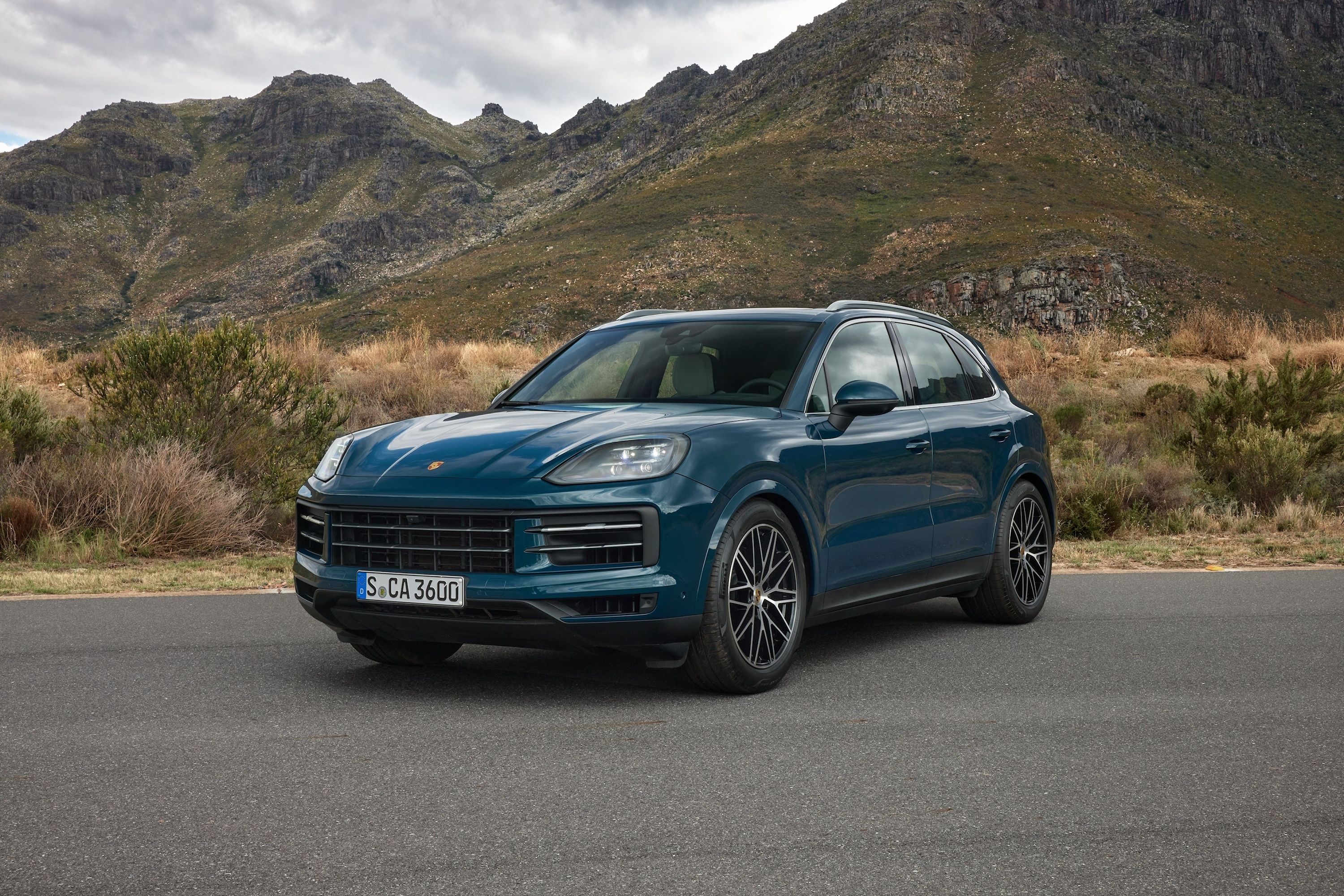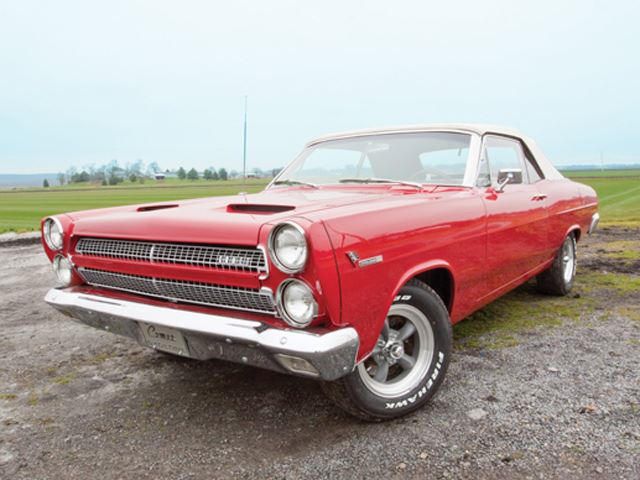
We've always had a thing for Mercury, Ford's now defunct premium brand. Founded in 1938 by Henry Ford's son, Edsel, the idea behind Mercury was for it to be a competitor to the likes of Buick, Oldsmobile and Chrysler's then DeSoto brand. Ford would be for the common man, Lincoln for the wealthy man. Mercury was for the up and comers. The Edsel brand? Well, it only lasted for three models years. And that, more or less, is how it went for several years. Many great Mercurys were churned out, such as the Monterey, Montego, and Custom.
In 1967 the Cougar was launched, giving Mercury its own pony car alongside the Ford Mustang. Still though, Mercury had a constant struggle t find relevance in a crowded field, and something new and different was needed in order to get some much needed attention.
Enter the Comet, which initially launched in 1960. It was nothing all that special, essentially a rebadged version of the Ford Falcon. But that changed starting with the second generation Comet, which arrived in 1964. The dawn of the muscle car era was beginning and Mercury wanted to be a part of it. Along with the Cougar, the Cyclone had a part to play, only a name change of sorts was in order. The Cyclone name first appeared as the performance version of the Comet. Initially, it was powered by a 289 V8 with 210 hp. Mercury also styled the Cyclone with a sportier look, such as a spoked steering wheel and bucket seats.
Also in '64, some 50 high-performance Cyclones were built, now powered by a two-carburetor 427 V8, and were specifically for the A/FX racing series. Don Nicholson was one of the drivers. This further helped to establish Mercury as a real player in the performance market, and by 1966 the Cyclone underwent some major changes. For starters, the body received a significant restyling and, more importantly, two new engines were offered. The first was a 390 V8 with a two-barrel carburetor producing a total of 265 hp, with the second V8 having a four-barrel carburetor with 275 hp. And then there was the GT option package. This was for the enthusiasts.
Under its hood rested a 335 hp V8 which included a Holley four-barrel carburetor mounted on a cast iron intake manifold. Dual exhausts were standard and premium fuel required. Also for '66, Mercury extended the car's wheelbase to allow for more interior room and improved ride quality. Even body width was increased. Because of Mercury's slightly upscale image, air conditioning was optional as well as a padded dash. Heck, even seatbelts were standard. Power windows and a two-way power seat were two new options too, and there was increased sound-deadening to make passengers, at least those who didn't like the sound of a V8, more comfortable.
Fortunately, Mercury realized it had found a winning formula and continued to develop the Cyclone each year. Between 1967 and 1969, new and more powerful engines were introduced and by the end of the decade, the Cyclone GT could be had with a 6.4-liter, 390 cu. in. V8 with 320 hp. Also at this time came the Cyclone Spoiler II. Now, this was something truly special. Mercury was anxious to be more competitive in NASCAR and thus created a more aerodynamic version of the Cyclone. Because of homologation rules, a certain number of road-going versions had to be sold. A total of 500 fastback units were produced in 1969, all offered with only two option packages.
The Cale Yarborough Special and the Dan Gurney Special, both painted white but with a red interior and blue interior, respectively. Those aero upgrades included a new front end and bumper, and reshaped rocker panels that also lowered the car's center of gravity. Power came courtesy of the 351 Windsor V8 mated to an automatic transmission with a column-mounted shifter. The Cyclone Spoiler II performed beautifully at the track, achieving a total of eight Grand National race wins in '69 and '70. For those who know their Mopar history, those total number of wins matched those of the 1970 Plymouth Superbird. Today, needless, to say, Cyclone Spoiler IIs are highly collectible and are worth a small fortune.
Also in 1970 Mercury introduced the Cyclone Cobra Jet, powered by a 428 V8 with 335 hp. It differed from the base Cyclone and GT with its blacked-out grille, dual exhausts, a handling package, and exterior touches like chromed bits and stripes. The Cyclone entered the new decade strong, with the base engine being a 429 four-barrel V8 with dual exhaust. The Cyclone Spoiler remained the top level performance version, with Mercury giving it front and rear spoilers, racing stripes, and a standard 429 Cobra Jet V8. If you were bonkers enough (and there were many willing participants here) Mercury further offered a 429 Supra Cobra Jet V8 option.
This was, perhaps, the best the Cyclone lineup was ever going to achieve because its demise started the following year when it was merged into the Montego lineup. Sales dropped considerably, despite the engine lineup carrying over. In 1972 the end was almost near. Mercury completely redesigned the Montego and the Cyclone became a performance option package, as opposed to a standalone model like it previously was. Only two engine options were offered, including the Cobra Jet, but sales still dropped big time; just 30 Cyclones were sold that year. And that was that. The era of the Cyclone was over in less than a decade. It could even be argued that Mercury's irrelevance began here.
Even the Cougar, in 1974, was split off from the Mustang and shared a platform with the larger Ford Elite. Over the ensuing years, Mercury struggled to find relevance and by the turn of the century it churned out nothing more than rebadged Fords. But the Cyclone, during its heyday, was different. It showed what Mercury could have been (a high-performance luxury brand) as opposed to what Ford let it become.

